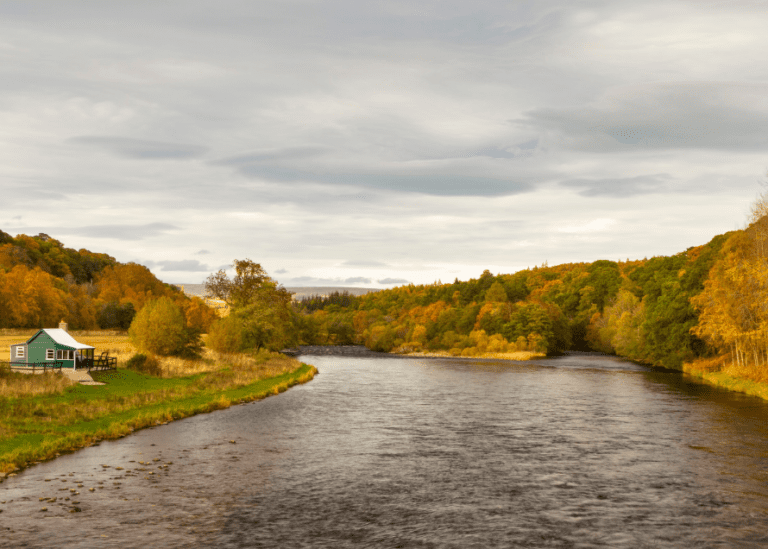
Water restrictions expanded to Distillery heartlands
Here’s something that’s hitting close to home for all of us who care about Scotch whisky – SEPA has just cranked up water restrictions to their highest alert level across eight major catchment areas, and this time they’re directly targeting some of our most precious whisky heartlands.
The Lower Spey region, which you’ll know is absolutely central to Speyside’s distilling operations, has been bumped up to “Significant Scarcity” status alongside Berwickshire. We’re talking about immediate restrictions on how much water can be pulled from natural sources, and that’s hitting distilleries hard alongside farmers and other water users.
The numbers are pretty stark when you look at them – eastern Scotland is sitting around 40% below normal rainfall for 2025, with some areas tracking these deficits all the way back to June 2024. Rivers, groundwater, soil moisture – the whole hydrological picture is looking critically stressed.
What really gets you thinking is that Speyside alone houses more than half of Scotland’s malt distilleries. When operations get throttled back or temporarily shuttered because of water availability, we’re not just talking environmental impact – there’s serious financial pressure building across the industry.
The good news is that distilleries aren’t just sitting back waiting for rain. There’s some fascinating collaboration happening with scientists around nature-based water management solutions. They’re experimenting with small “leaky dams” designed to slow runoff and help recharge local aquifers – exactly the kind of innovative thinking the industry needs to be pursuing.
David Harley from SEPA put it pretty bluntly: “Restrictions are not optional – they’re essential.” He’s been flagging this risk since spring, and the compliance levels are apparently encouraging, which suggests the industry gets how serious this is.
The bigger picture here is climate resilience. The Scotch Whisky Association has been pushing water efficiency targets, but these recurring drought patterns are really underlining how urgent it is to secure reliable water sources for an industry that literally depends on the “water of life.” It’s a wake-up call that’s going to require sustained innovation and collaboration to navigate successfully.
